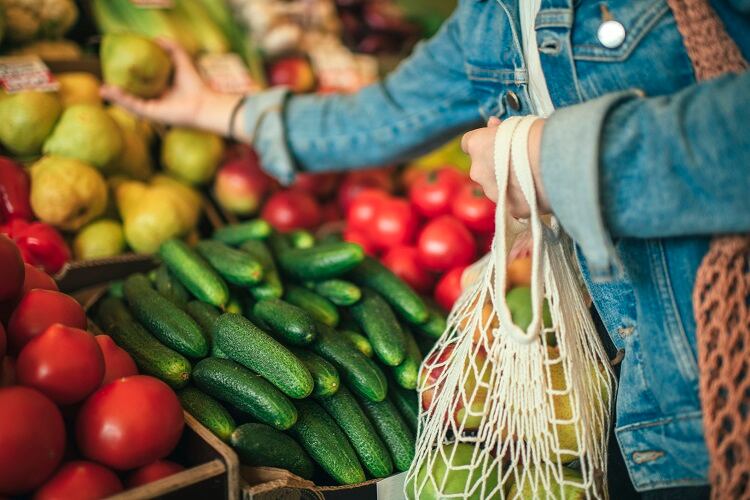Maximum levels for cadmium for food have existed in EU legislation since 2001.
In 2014, the European Commission set new levels for chocolate, infant and follow-on formula, baby food, and processed cereal-based foods. At the same time, a Commission Recommendation on reducing the maximum levels for cereals, potatoes, and other vegetables was also adopted.
Now, the Commission has announced another reduction of maximum levels as of 31 August. The new limits concern some fruits, vegetables, cereals and oilseeds.
Cadmium
Heavy metal cadmium is an environmental contaminant that occurs both naturally and from industrial and agricultural sources. For non-smokers, the main source of cadmium exposure is food.
The food groups that most contribute to dietary cadmium exposure include cereals and cereal products, vegetables, nuts and pulses, starchy roots or potatoes, and meat and meat products.
It is understood that vegetarians have a higher dietary exposure, due to their increased intake of cereals, nuts, oilseeds and pulses. Regular consumers of bivalve molluscs and wild mushrooms are also greater risk of exposure.
Cadmium is not only toxic to the kidney, but it can cause renal failure and bone demineralisation.
The heavy metal is also classified as a human carcinogen, with newer data on human exposure to cadmium indicating an increased risk of cancer such as in the lung, endometrium, bladder, and breast.
Combatting cancer
The Commission’s decision to reduce cadmium levels fall under its commitments to reduce cancer risk.
“We know than an unhealthy diet increases the risk of cancer. Today’s decision aims to put consumers at the forefront of making our food safer and healthier, as we pledged in the framework of the European plan to fight cancer,” said Health and Food Safety Commissioner Stella Kyriakides yesterday.
“It is also a further step in strengthening the European Union’s already high and world-class standards in the EU food chain and providing safer, healthier and more sustainable food to consumers.”
This measure will enhance the safety of food sold and consumed in the EU and help remove food products with the highest cadmium concentrations from the market, noted the Commission.
New limits for lead
At the same time, the Commission announced plans to also reduce lead levels in foodstuffs, including food for infants and young children, wild mushrooms, spices and salt.
Lead is a metal that occurs in both organic and inorganic forms. An environmental contaminant, lead occurs naturally, and according to the Commission, to a greater extent via anthropogenic activities.
The most important contributors to lead dietary exposure in the general European pollution include cereal products and grains, vegetables.
New maximum limits for lead will come into force 31 August 2021.


